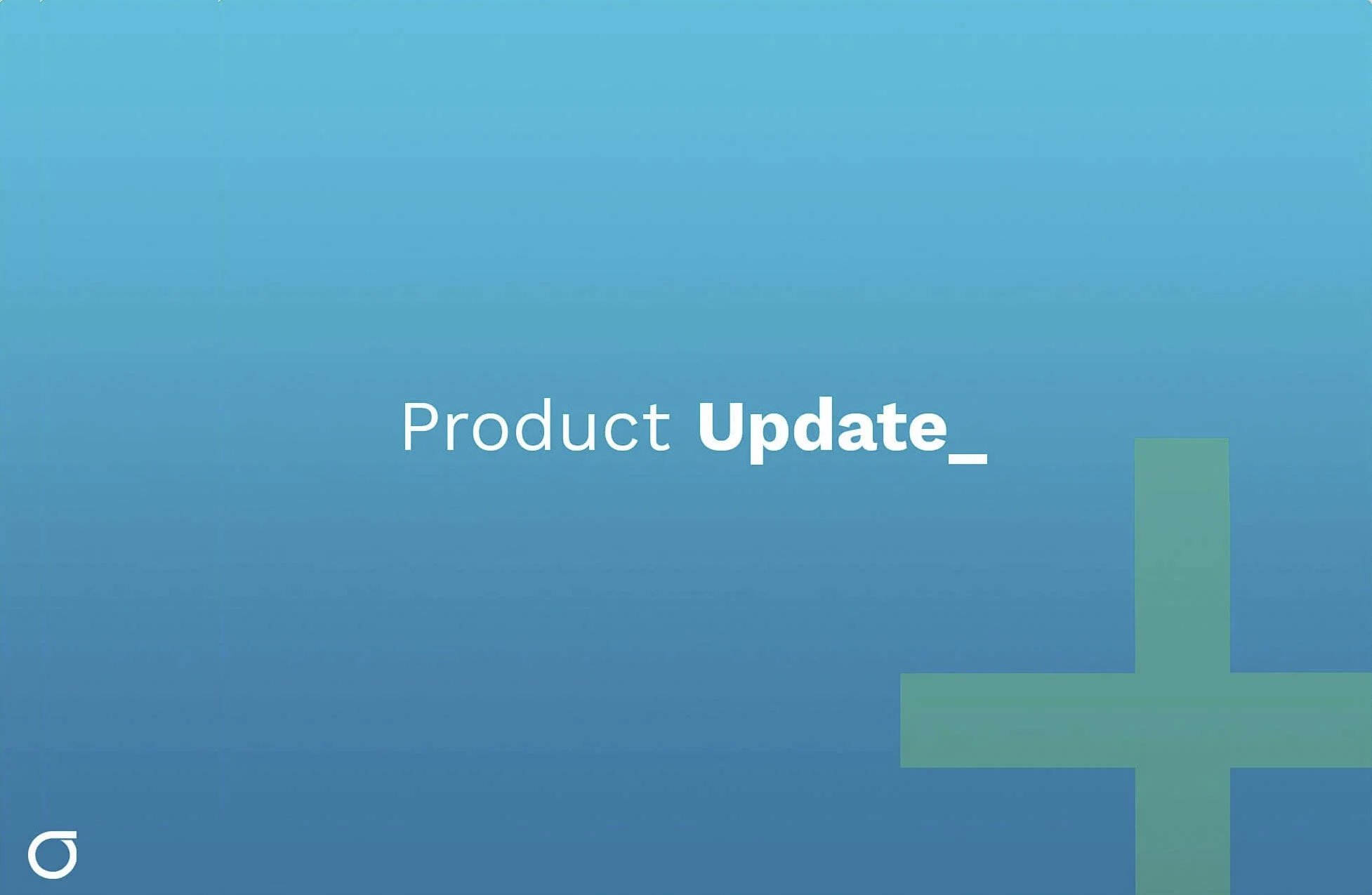A problem with few solutions

An issue on our minds - and on many of the minds we talk to - is what can we really do about de-risking? For years, there has been a lot of talk and very little action; something we are working to help solve at Sigma Ratings.
As a quick primer: De-risking occurs when one institution exits a business relationship with another due to cost or specific risk issues.
With this in mind, Thomson Reuters recently released an illuminating 2018 report on the “True Cost of Financial Crime” that delves into a number of topical issues. While not the report’s focus, de-risking is mentioned along with some of the supporting survey data:
“72% [of respondents] say they de-risk by avoiding, rather than managing, heightened risk customers. The impact in terms of lost opportunities at both organizational and national level is difficult to quantify, but it is likely to impact productivity and economic development.”
While not totally surprising, the number seems large and, in effect, means that significant amounts of business and opportunity are left on the table (across both banking and across corporate relationships).
Other research, including by the Economist, suggest that correspondent banking relationships are down across every region of the world (with Eastern Europe, Oceania and Latin America hit the hardest).
Improving cost efficiencies for organizations to stay engaged with one another, can also be tied to reducing compliance burden. At Sigma Ratings, we are working to normalize risk at scale, provide more dynamic reporting and create deep comparisons that are today largely based on intuition (which is highly susceptible to bias).
You can read the referenced report here.

Hello Sigma network! As the year comes to a close, not only have we celebrated being named in the RegTech 100 and winning the 2020 Benzinga Awards...

Not everybody has a glass-half-full kind of mentality, but when it comes to ownership by sanctioned entities, the U.S. Treasury’s Office of Foreign...

Time and resource commitments dedicated to manually determining line of business and verifying internet presence of entities and individuals in...
